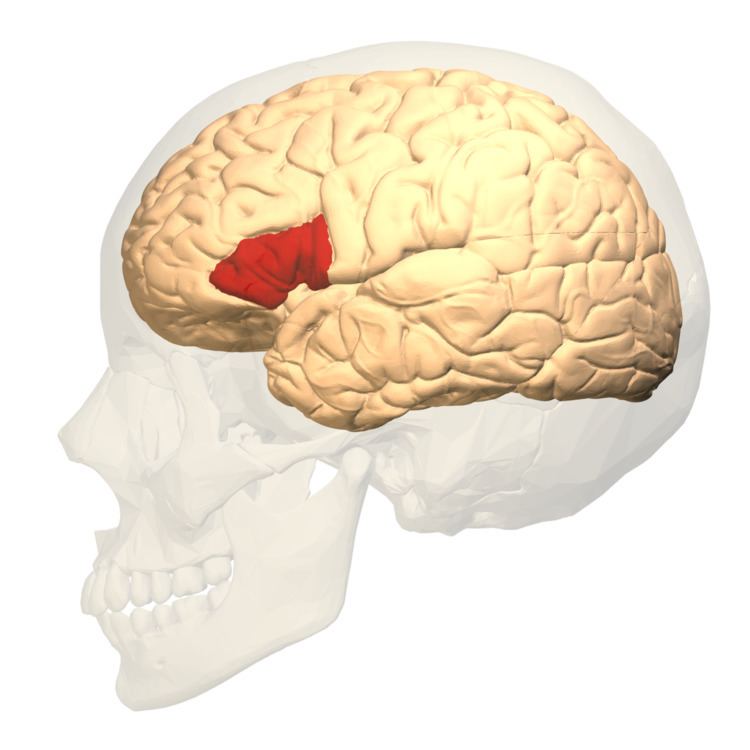The year 1861 in science and technology involved some significant events, listed below.
Medicine and physiology
Paul Broca identifies the speech production center of the brain.
Franciscus Donders introduces the term visual acuity.
Guillaume Duchenne describes Duchenne muscular dystrophy.
Prosper Ménière reports the association of vertigo with inner ear disorders.
Ádám Politzer publishes the technique of Politzerization used in otorhinolaryngology.
Ignaz Semmelweis publishes Die Ätiologie, der Begriff und die Prophylaxis des Kindbettfiebers, a treatment of his theory on sanitary conditions during childbirth.
September – First complete identified skeleton of Archaeopteryx unearthed near Langenaltheim, Germany.
January 1 – First steam-powered carousel recorded, in Bolton, England.
William Froude publishes the first results of his research into ship hull design.
Dr. Richard J. Gatling invents the Gatling gun.
James Clerk Maxwell demonstrates the principle of permanent three-colour photography.
Michael Faraday's Royal Institution Christmas Lectures published as The Chemical History of a Candle.
Copley Medal: Louis Agassiz
Wollaston Medal for geology: Heinrich Bronn
February 15 – Alfred North Whitehead (died 1947), English mathematician.
April 24 – Hedda Andersson (died 1950), Swedish physician
May 20 – Henry Gantt (died 1919), American project engineer.
June 9 – Pierre Duhem (died 1916), French philosopher of science.
July 18 – Kadambini Ganguly (died 1923), Indian physician.
July 26 – Ægidius Elling (died 1949), Norwegian gas turbine pioneer.
August 9 – Dorothea Klumpke (died 1942), American astronomer.
December 17 – Arthur E. Kennelly (died 1939), Irish American electrical engineer.
January 3 – Arnold Adolph Berthold (born 1803), German physiologist.
May 16 – John Stevens Henslow (born 1796), English botanist.
June 18 – Eaton Hodgkinson (born 1789), English structural engineer.
November 10 – Isidore Geoffroy Saint-Hilaire (born 1805), French zoologist.
November 13 – Sir John Forbes (born 1787), Scottish-born royal physician.
December 10 – Thomas Southwood Smith (born 1788), English physician and sanitary reformer.
Ferdinand Deppe (born 1794), German naturalist, explorer and painter.
1861 in science Wikipedia (Text) CC BY-SA

